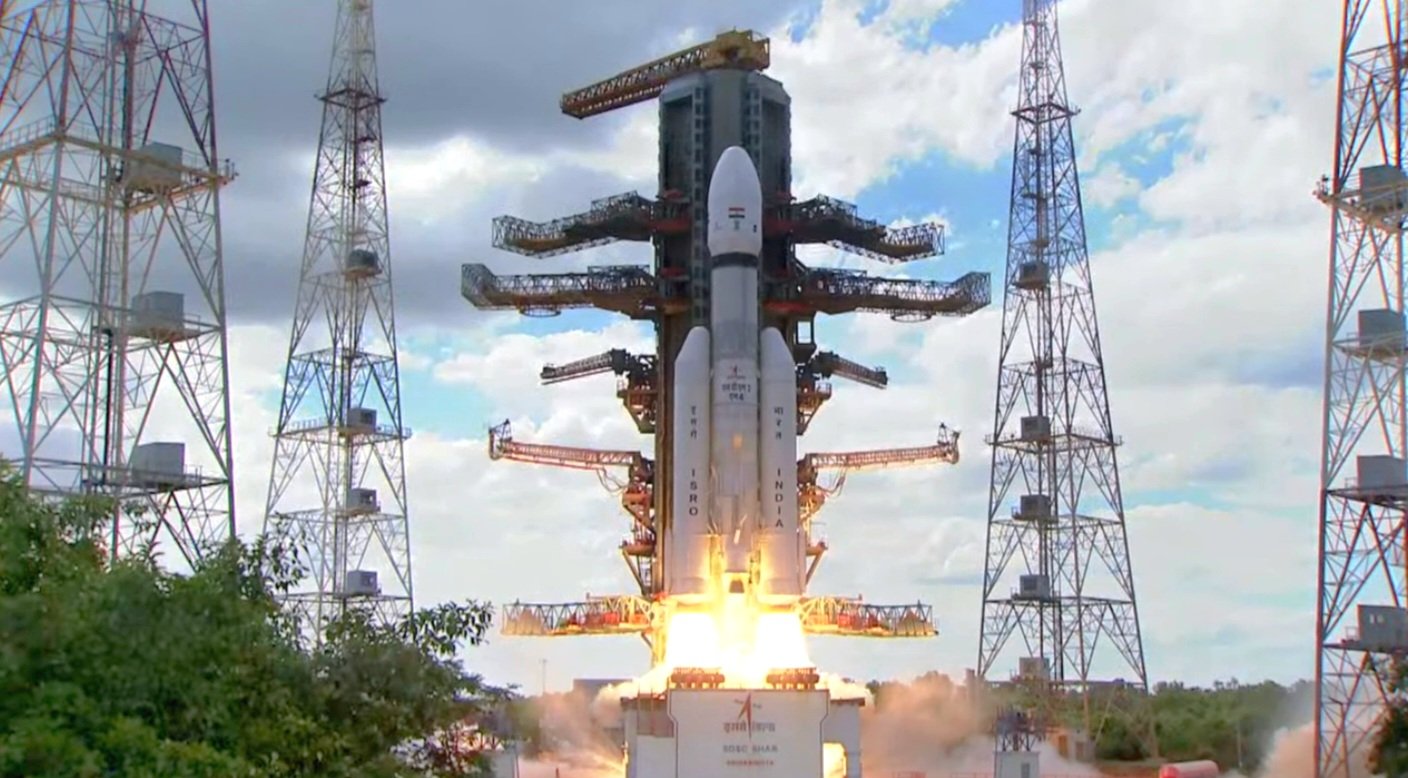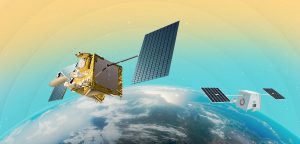Indian Space Industry and Launch Capacity Continues to Grow
30th Aug 2023
The Indian space industry has been making headlines this year. India became the first country ever to land on the Moon’s south pole, and only the fourth country to ever get to the Moon. It followed in the footsteps of the US, China, and Russia in getting to the surface of the moon.
The Chandrayaan-3 reached the lunar surface successfully, achieving the first of the Indian Space Research Organisation’s goals for the misison, to send a lander safely to the surface of the Moon.
It is now concentrating on using the mission’s rover’s driving capabilities to explore the Moon. It will conduct experiments and make materials available for the ISRO to study, helping to understand the composition of the Moon and search for certain elements.
As the industry and launch capacity grow in India, collaboration becomes an even more vital part of their space programme. In the Chandrayaan mission, the European Space Tracking network (ESTRACK), operated by the European Space Agency (ESA), is playing a pivotal supporting role. It looks like ESA’s future missions could also see help from the ISRO and their tracking stations.
The Private Space Industry Grows in India
Like with so many other countries, there is a private space industry blossoming in India.
A company called Skyroot Aerospace successfully oversaw the launch of India’s first private craft in 2022. In November, the maiden test voyage of the rocket, the Vikram-S, successfully took place from the Satish Dhawan Space Centre.
The rocket was named after Vikram Sarabhai, a legendary figure who is generally seen as the driving force behind the beginning of India’s space programme.
Skyroot Aerospace plan to build on their own success as well as that of the Chandrayaan-3 lunar mission, with a goal of doubling the planned number of missions.
The company co-founder and former employee of the ISRO, Pawan Kumar Chandana, told Reuters about the plans recently, “From 2024 and later, we’re looking at at least two launches per year and will probably ramp up as we move further.”
As well as being a crucial year for sovereign Indian launch, 2022 saw two private companies, Dhruva Space and Digantara Aerospace, granted authorisation from India’s regulatory authority IN-SPACe, allowing them to conduct activities independently. Dhruva Space are a full-stack company with a focus on creating and launching small satellites, while Digantara Aerospace describe themselves as “New-age Space Cartographers”.
For years, a number of startups and established businesses sought to revolutionise the space sector. The first initiatives to deregulate the private space industry were first introduced by the government in 2020, which led to the creation of the Indian National Space Promotion and Authorisation Centre (INSPACe). This organisation grants authorisation to companies taking part in space activities and also helps to incubate the new private companies in the sector. It does so via a certain business type called a Non-Government Private Entity (NGPEs). New regulations and programmes are being launched all the time to oversee the fledgling industry.
Foreign Satellites a Driving Force in Indian Space Growth
Launching satellites has been providing a significant revenue stream for Indian space organisations for decades now.
Many of the launch operations take part under a branch of NewSpace India Limited (NSIL) which is part of the Government of India’s Department of Space.
Founded in 2019 and based in Bengaluru, the NSIL produces launch vehicles and aims to increase the private sector’s participation in Indian space programmes. Much of this is coming through huge deals to launch satellites.
The first commercial launches by the ISRO with foreign satellites took place at the end of the 20th century. Satellites were launched for Germany and South Korea. The same craft also carried India’s Oceansat-1.
Two years later, a further launch carried German and Belgian payloads. But from 2001-2007, there were no further commercial satellite launches from the company.
The launches became much more regular over the next decade and in 2017, the ISRO made history with the PSLV-C37, the 39th mission of the Indian Polar Satellite Launch Vehicle. They managed to successfully launch 104 satellites, and only three of these were Indian satellites. This made it the most satellites launched on a single flight by any space agency.
The massive growth in the Indian launch industry is underlined by the 177 foreign satellites launched by the country between 2018 and 2022.
Foreign satellites launched by India, broken down by country, shows the focus on collaboration as well as the way the industry has flourished. At the current time, the country has launched satellites for:
United States: 231
United Kingdom: 86
Singapore: 20
Germany: 13
Canada: 12
South Korea: 6
Israel: 5
Italy: 5
Japan: 5
Luxembourg: 5
Algeria: 4
France: 4
Lithuania: 4
Switzerland: 4
Netherlands: 3
Austria: 3
Finland: 3
Indonesia: 3
Belgium: 2
Denmark: 2
Spain: 2
Argentina: 1
Australia: 1
Brazil: 1
Chile: 1
Colombia: 1
Czech Republic: 1
China: 1
Kazakhstan: 1
Latvia: 1
Malaysia: 1
Mexico: 1
Norway: 1
Slovakia: 1
Turkey: 1
UAE: 1
Through the remainder of 2023, the ISRO has a number of planned launches including government and commercial satellites. Earth observation and meteorological satellites are among those that should launch from Satish Dhawan Space Centre before the year is out .
The Future of the Indian Space Industry
A tectonic shift has taken place in recent years within India’s space industry, with huge regulatory reform and a number of space startups helping to revolutionise the sector.
Soon, Aditya-L1 will become the first Indian mission launched to study the Sun, using a solar coronagraph and chromosphere. The mission plans to monitor and observe the Sun, including the solar atmosphere, solar storms and the sun’s impact on earth.
ISRO will also launch the X-ray Polarimeter Satellite (XPoSat), a space observatory that will have a mission life of around five years. It has been developed in conjunction with the Raman Research Institute. It will study the brightest known sources in the universe, such as pulsars, black hole X-ray binaries, galactic nuclei, and supernova remnants.
Private industry has some exciting companies within, but it is Skyroot Aerospace that leads the way. The company faces stiff competition when it comes to launching small satellite networks, but their aim is to be able to slash the cost of launch and send satellites to space at half the cost of some other countries.
Industry – government relations
The private sector needs the government’s support: “Three or four months back when we were talking to investors, one of the biggest questions they asked was if the government was supporting us,” Skyroot co-founder Bharath Daka told Reuters. Fortunately, as discussed, the huge changes in space industry regulation have paved the way for more private launches in the coming years.
The Indian launch capacity currently makes up around 1% of the Earth’s capacity, but like the UK’s fledgling scene, there are big plans in place for this to grow and evolve.
By providing a launch option for other countries, as well as growing the private space sector, India can continue to establish itself in the global space market.






Thank you for your comment! It will be visible on the site after moderation.